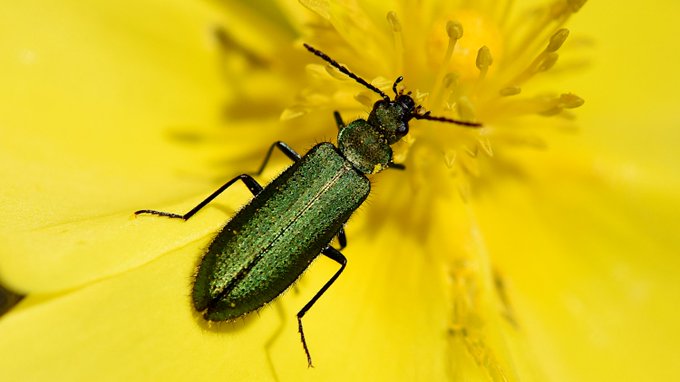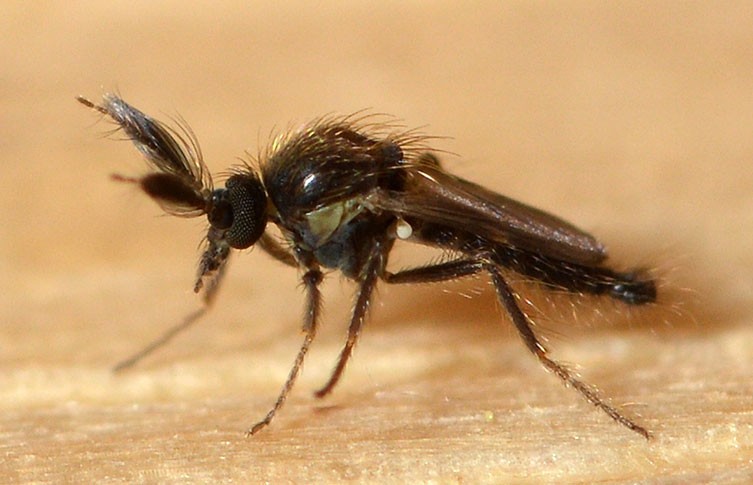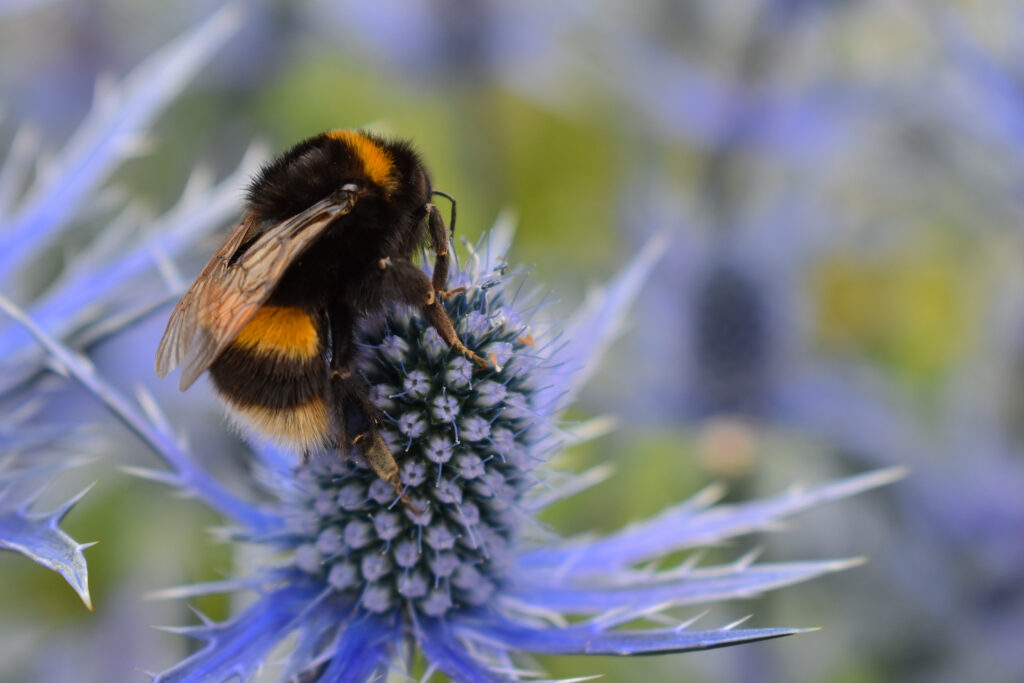Pollination is more than honey bees and flowers
For a layperson pollination is a honey bee feeding in a flower but pollination is more than honey bees and flowers since a myriad of other insects are essential to pollinate many plants
Pollination is the transport of pollen grains from the male anther of a flower to the female stigma by a pollinator.
In return for the service, the pollinator receives food (e.g., nectar). For a layperson pollination is a honey bee feeding in a flower but pollination is more than honey bees and flowers since a myriad of other insects are essential to pollinate many plants.
Plant-pollinator mutualistic interactions are very important because nearly three-quarters of all extant flowering plants (angiosperms) receive pollination services from animals.
The rapid diversification of flowering plants that occurred 90–130 million years ago has been attributed, in part, to pollination mutualisms.
We are used to see the domesticated honey bee Apis mellifera everywhere and many people do not take into account the importance of the other pollinators. First of all, there are more than 16,000 known species of wild bees other than the domesticated honey bee.
Another thing we are used to is watching bees in hives since the honey bee is a eusocial insect, but most of the bee species are solitary and do not live in communities.
For example, researchers found that honey bee hives decrease wild bee abundance, species richness, and fruit count on farms regardless of wildflower strips. Keeping honey bee hives on farms with wildflower strips could reduce conservation and pollination services.
The majority of animal pollinators are insects; bees, butterflies, moths, flies, wasps, and beetles are the most common insect pollinators. Many birds (e.g., hummingbirds) and bats are also important pollinator species. Flies are often overlooked and are very important pollinators.
A great close-up photo by Carlos M. Herrera shows a Bibio cf. gineri fly coated with Diplotaxis catholica pollen. What about beetles? One would never think of beetles as pollinators, but they are very important too (Carlos M. Herrera has great info on non-bee pollinators on Twitter).

One very important non-bee pollinator is the Chocolate Midge fly.
The Chocolate Midge fly (photo below) is the main pollinator of the cacao plant. There would be no chocolate if it weren’t for the pollination of this flies.
These flies are almost the only ones doing the cocoa tree pollination because of their small size, only around one to three millimetres in length. Their size allows them to access the anthers of the cocoa tree’s small flowers.

You can browse pollination interactions of many other species at speciesconnect.com by searching by Cases or Interactions and filtering for Mutualisms-Pollination.
Pollination


